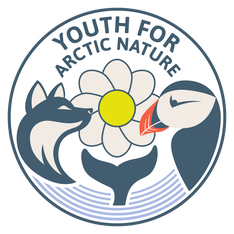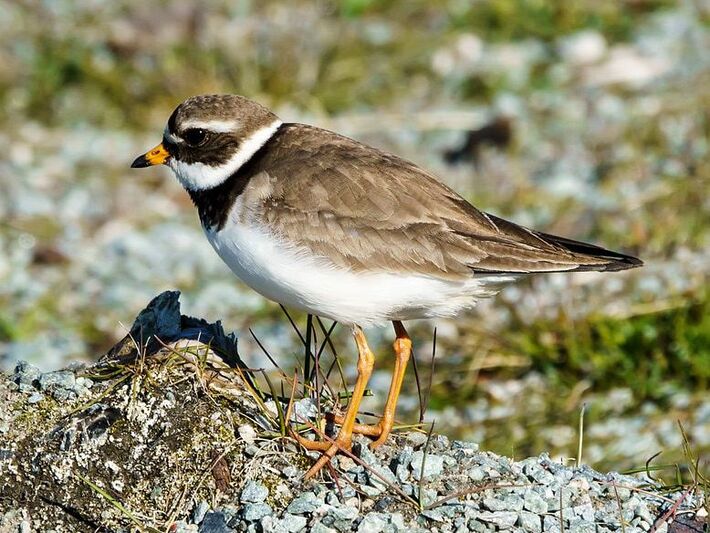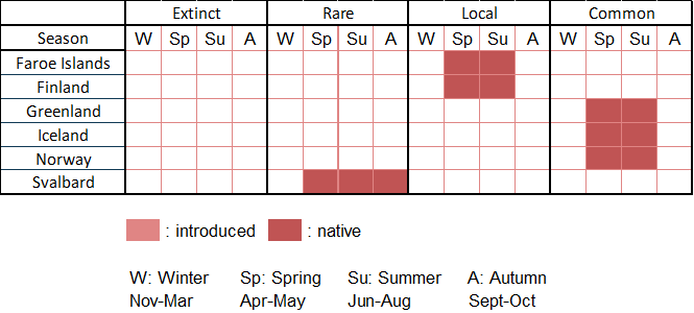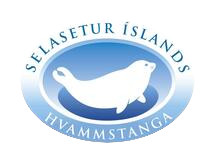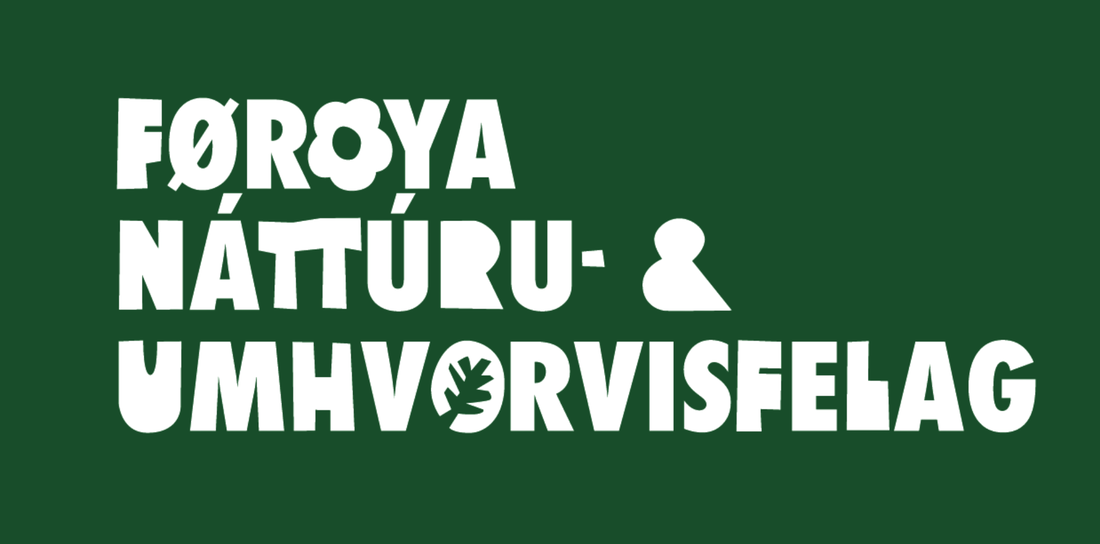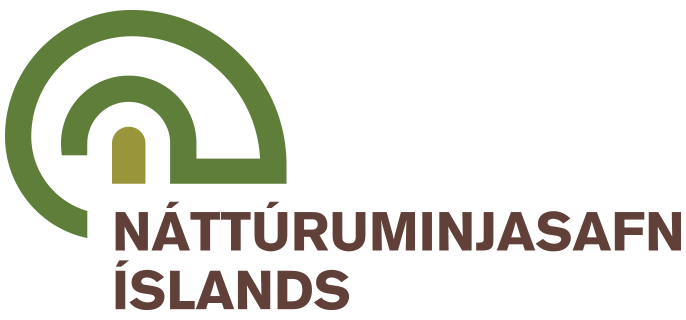|
Vulnerability: least concern (population decreasing) Invasive: no Identification: medium (easy when it is seen up close) Monitoring: medium |
|
What is it? The common ringed plover is a small sandpiper with body lengths of 18 to 20 centimeters for wingspans of 48-57cm. It weighs around 60 grams. With its orange legs and orange black-tipped beak, this little bird is easy to recognize. Other characteristic marks are the black mask and black ring around the neck, which is thicker towards the front. The common ringed plover is usually see hunting small insects and worms on the seashore, running rapidly and stopping frequently. |
|
Where is it? The common ringed plover breeds in Subarctic and Arctic regions of Eurasia. It is found in late spring and summer all around Greenlandic coasts, around Svalbard, in Iceland, the Faroe Islands, northern Europe, and Siberia. In northern Europe, the distribution is spotty; for example, it is found all around Fennoscandian coasts, but also inland in most of Norway, in western Sweden, and northern Finland. Finally a small population is found in Canada, more precisely in coastal Nunavut. This bird is migratory. It winters in Africa, western Europe, and southwestern Asia.
|
|
Interesting facts |
- Males and females of this species are similar, but females can be recognized by a slightly duller plumage, with blurrier black markings.
- There are three subspecies of the common ringed plover, and all three are found in the East Atlantic Arctic. The one found in northern Fennoscandia and Russia is smaller than the other two, with a duller plumage.
Pictures
- "Common Ringed Plover" by Pascal Bernardin is marked with CC BY-NC-ND 2.0.
- "Common Ringed Plover (Charadrius hiaticula)" by David Cook Wildlife Photography is marked with CC BY-NC 2.0.
References
- Birding Svalbard. (2021). Norwegian Ornithological Society. http://www.svalbardbirds.com/index.html
- BirdLife International (2022) Species factsheet: Charadrius hiaticula. Downloaded from http://www.birdlife.org on 11/05/2022.
- Hilmarsson, J. Ó. (2011). Icelandic Bird Guide: Appearance, Way of Life, Habitat (3rd ed.). Mal Og Menning.
- Olofson, S. (2012). Birds of the Faroe Islands. Visit Faroe Islands. www.visitfaroeislands.com.
- Sale, R. (2006). A complete guide to Arctic wildlife. Christopher Helm.
- Svensson, L., Mullarney, K., Zetterström, D., & Grant, P. J. (2010). Collins Bird Guide: The Most Complete Guide to the Birds of Britain and Europe (2nd ed.). Collins.
- Wetlands International. 2018. Waterbird Population Estimates. Wetlands International, Wageningen, The Netherlands.
